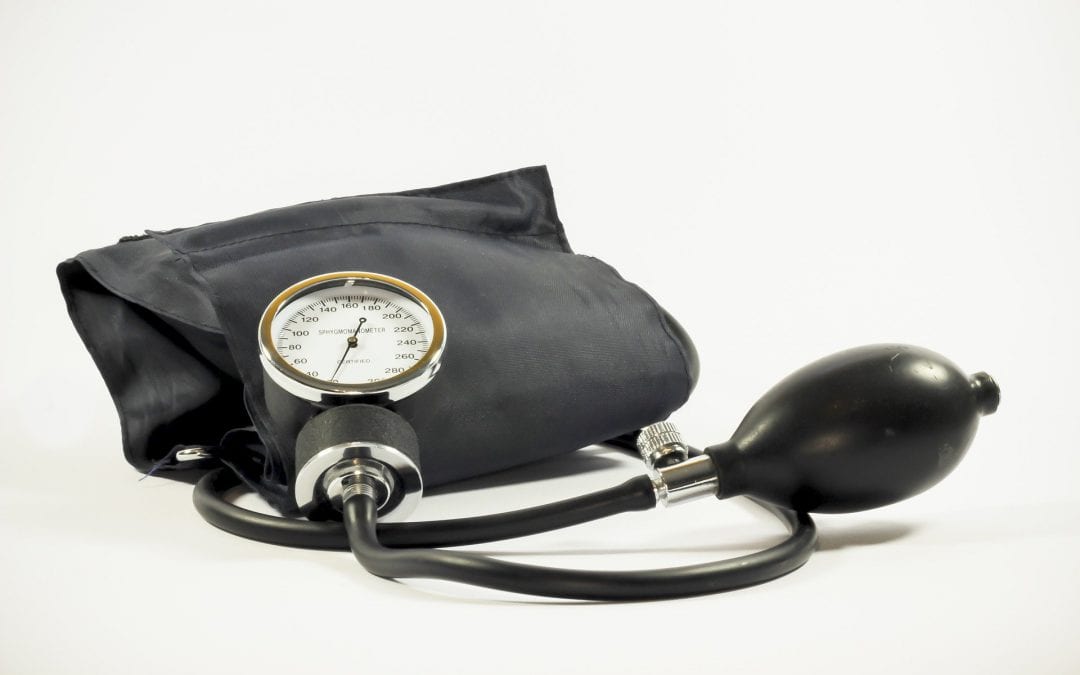What does this study add? This study systematically assesses the relation between alcohol consumption and hypertension, and analyzes whether there are gender, race and beverage specific differences. The analysis includes 31 studies with over 400,000 participants.
Higher risk for men
This meta-analyses confirms what previous studies already found; there is a difference in risk of hypertension due to alcohol consumption per gender. The results show that at one alcoholic consumption a day (10 grams alcohol), the risk for men increases by approximately 14%.
For women, there is no increased risk at this low level of consumption. The risk does however increase with 30 grams a day. An older meta-analysis4 found a protective association of moderate alcohol consumption for women, but the current analysis finds no evidence for that.
Higher risk among black people
Looking at a possible role of race, it seems that black people have a higher risk to develop hypertension with alcohol consumption compared to white and Asian people. With about half a glass a day (6 grams alcohol), the risk increases with 8%, and with 4,5 glasses a day the risk increases as much as 78%. For Asian and white people, these percentages are lower; 3% for half a glass and approximately 27% for 4,5 glasses.
Why the risk is higher for black people is not fully understood. The authors mention that it could be due to the fact that socioeconomic status, educational level, family income, and racial inequality result in psychological distress, which is related to hypertension. These psychosocial effects may be stronger than the alcohol effect.
Higher risk with liquor
The risk of hypertension slightly decreases with a low level of wine and beer consumption (up to one drink a day) compared with non-drinkers. But with more than 1,5 glass a day (15 grams of alcohol), the risk increases fast. With liquor, the risk already increases at low levels of consumption.
- Many studies included
- Subgroup analyses performed
- Dose-response analysis
- Differentiation between type of beverage
- Sensitivity analysis excluding studies that did not separate ex-drinkers
Weaknesses
- Observational studies – cannot prove causality

